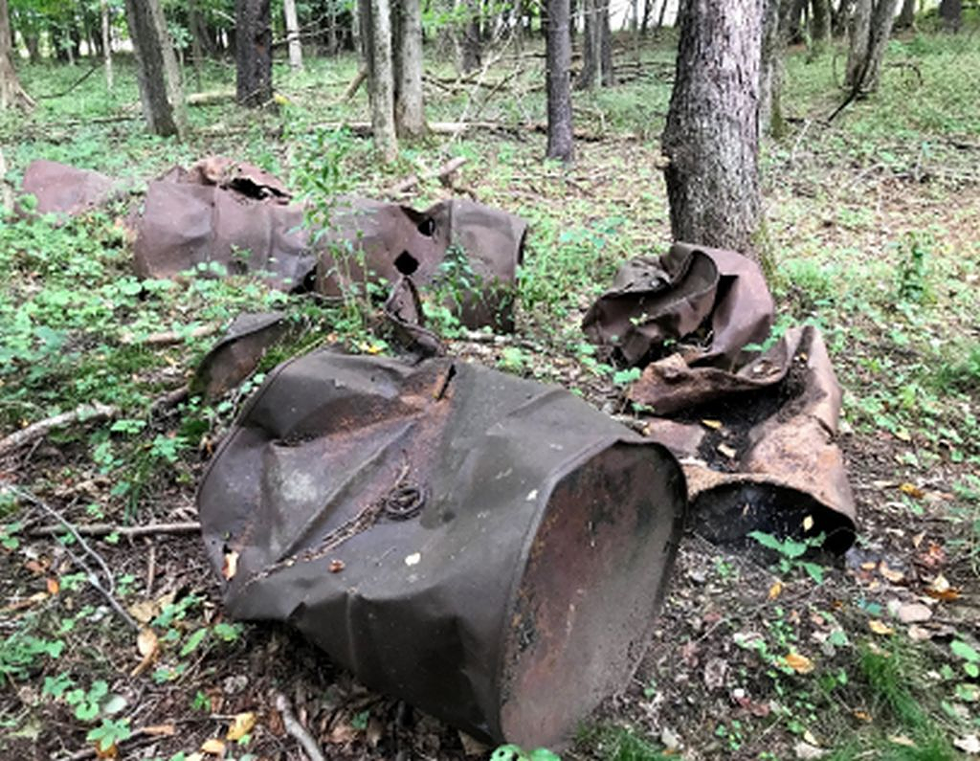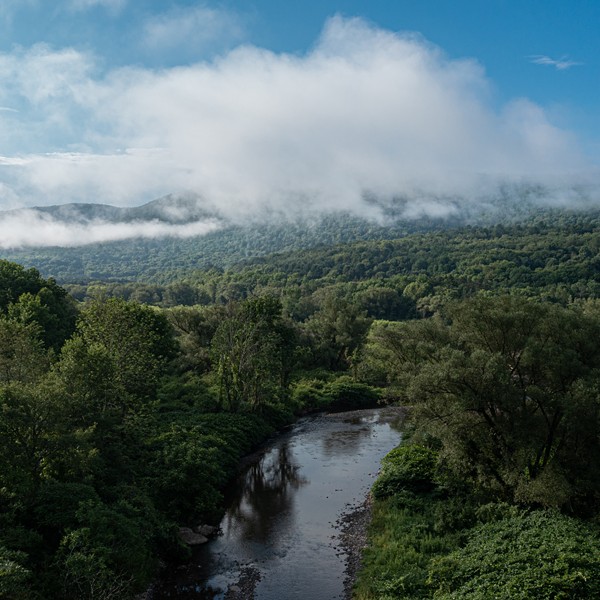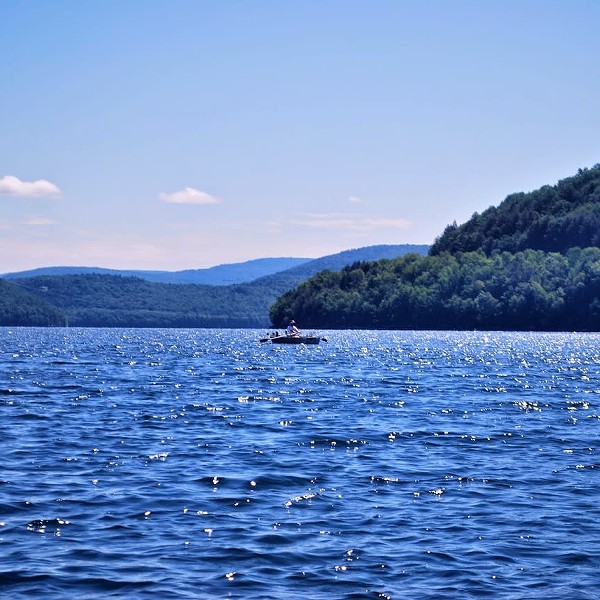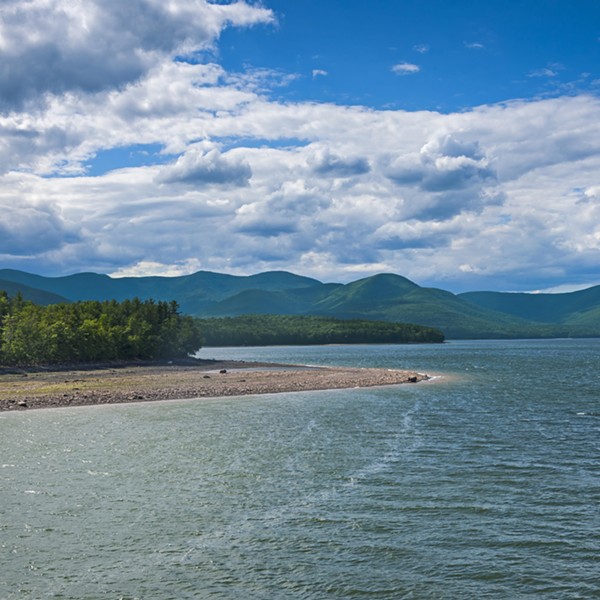A new toxic superfund site designation by New York State in Rensselaer County has ties to the Dewey Loeffel Landfill superfund site, the deceivingly green space in Nassau where more than 46,000 tons of industrial hazardous wastes, carcinogens, and polychlorinated biphenyls (PCBs)—twice the volume of Love Canal—were carelessly dumped by General Electric and other corporations in the 1950s and 60s.
The newly designated area is located at 5225-5239 Route 203 in Nassau, and has been found to be contaminated with PCBs, volatile organic compounds (VOCs), and metals in on-site soil, groundwater, and pond sediments. State and federal investigations revealed a total of 14 abandoned and deteriorated 55-gallon drums on the ground surface, and two underground storage tanks containing waste oil.
In an April 3, 2019 declaration, Dewey Loeffel himself stated that in the late 1960s, three above-ground storage tanks from Mead Road in Nassau, now part of the Dewey Loeffel superfund site, were relocated to the Route 203 property.
With its toxic ties to the federal superfund site, the Route 203 designation “shows how important it is for the environmental community to focus on the real impacts to the region,” says Nassau Town Supervisor Dave Fleming. “I think there are a lot more of these sites out there that are sleeping giants—bad decisions made decades ago coming back to haunt us.”
Located between Route 203 and Sweets Crossing in Nassau, the 8.4-acre site has been owned by different generations of the Loeffel family for decades. The property was contaminated in the 1950s after being used as a staging area by the Loeffel business for trucks carrying hazardous wastes to what is now a federal superfund site on Mead Road.
Some six decades ago, trucks carrying waste oils and toxins “were hosed down and rinsed out,” at the Route 203 site, says Fleming. The toxins and waste oils from the trucks then seeped into the ground on the property, also affecting a pond on site and an acre of wetland. This historic contamination continues to pose a danger to health and the environment today.
“These decisions were based on expediency for a business, corporate greed, and government incompetence that goes back decades,” says Fleming. “It’s an example of environmental and rural injustice, where you have a poor population unable to defend themselves.”
After residents expressed concern that the Route 203 property may have been used in the past for waste oil handling and disposal activities, the EPA began an investigation in 2018. Based on the information gathered to date, the Route 203 contamination is primarily limited to the Loeffel property.
In March 2019, the EPA collected samples from 26 groundwater wells, mostly residential, near the site, including a village of Nassau public supply well. All results met federal and state drinking water standards.
“General Electric, the responsible party,” entered into an order on consent with EPA in March 2020, according to Michael Ryan, director of environmental remediation for the Department of Environmental Conservation.
In late September of this year, the EPA began sampling properties near the Route 203 site for PCBs, VOCs, and semi-volatile organic compounds (SVOCs). Ryan says that an expanded residential well sampling is set to occur later this month, and that two underground tanks on the site are due to be pumped out by GE this winter. Also this month, nearby wells will be resampled along with 48 additional residential wells located further downgradient, “out of an abundance of caution,” says Ryan. The EPA will be conducting the sampling with close coordination by DEC.
Since the Route 203 site is “still in the investigation stage,” Ryan says it is “premature to estimate cleanup costs or the time it will take to clean up the site.” The DEC will be the lead agency for the investigation and cleanup.
“To close the chapter on this superfund site (Route 203) is not unrealistic,” says Fleming. “We’re a small town, but we have a big roar.”
Fleming would like to see the responsible party, GE, pay for an extension of the Nassau village water district to reach residential homes relying on well water around the Route 203 site. The only water district in Nassau is in the village.
“We know what the contamination is now, but we don’t know what the contamination could be several years from now,” says Fleming. “You never know.”
For years, Fleming has been rallying for GE to provide a water district for residents of Nassau Lake and those living near the Loeffel superfund site on Mead Road. He says 1,400 acres on the northern end of town have been directly impacted by the historic toxic legacy, including Nassau Lake, the Loeffel Landfill, Mead Road, and the plume area associated with the landfill heading south toward Curtis Hill Road. “Some of these families have had water filtration systems [on their well heads] for over a decade.”


















